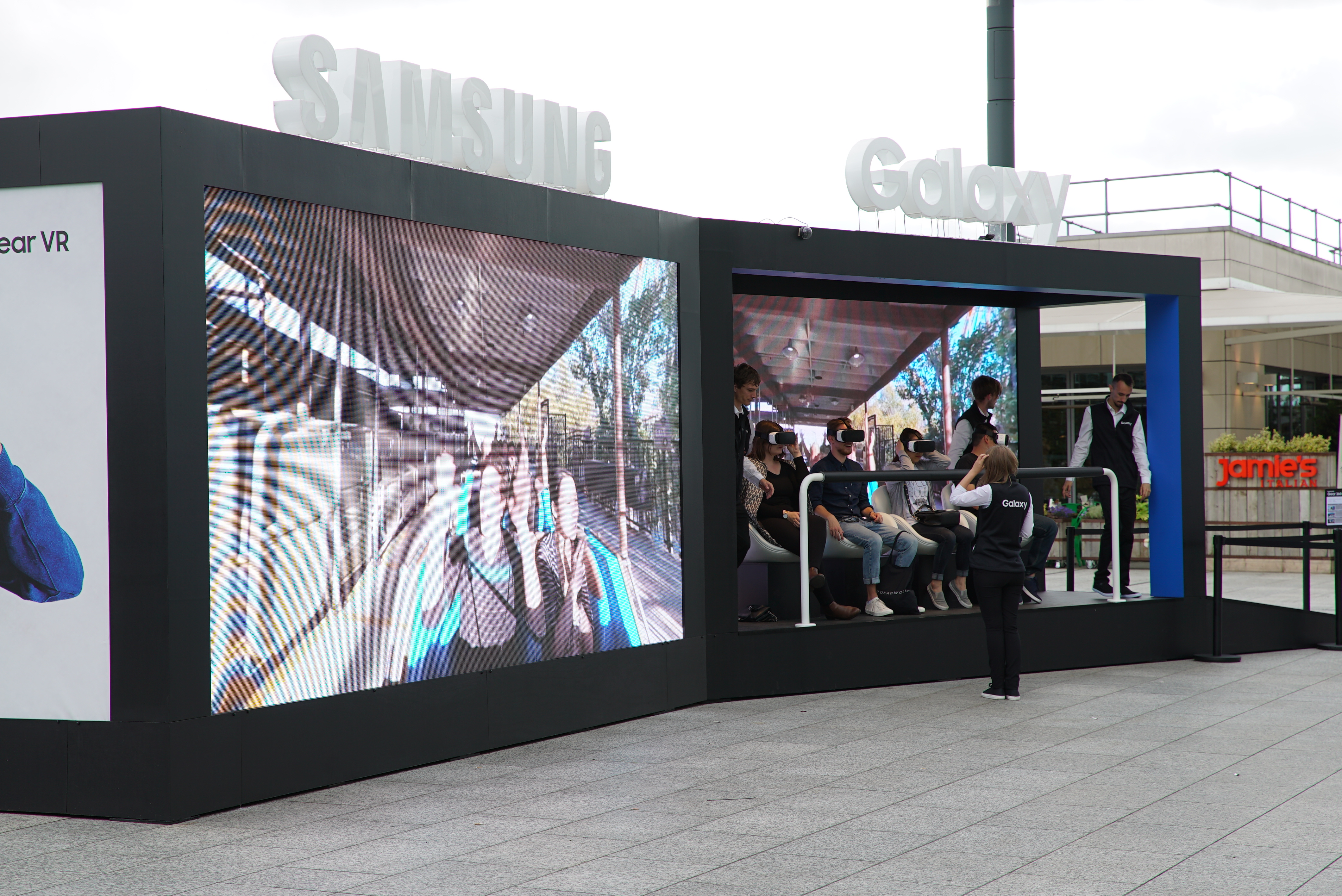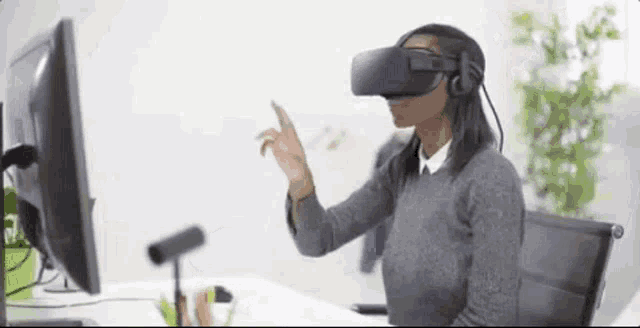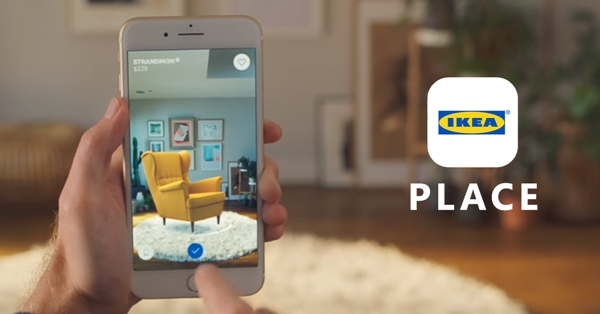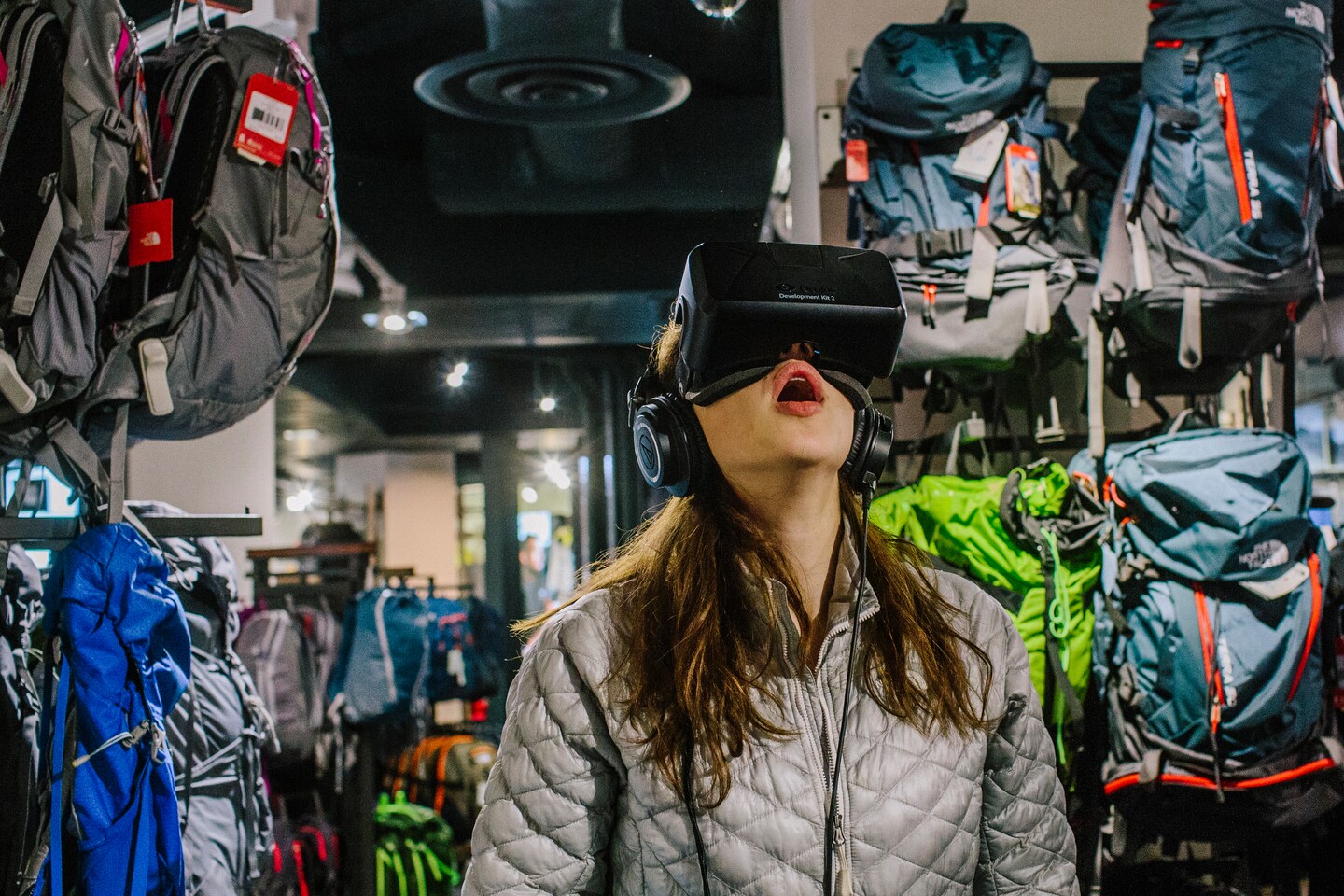In today’s digital world, traditional marketing strategies are often overshadowed by the need for innovative and engaging approaches to capture the attention of potential customers. This is where an experiential marketing strategy comes into play. By creating immersive and memorable experiences as part of an engagement marketing strategy, brands can establish a deeper connection with their target audience and drive brand loyalty like never before. In this blog post, we will explore the power of experiential marketing events and their impact in the digital age, focusing specifically on digital experiential marketing examples that utilise virtual reality (VR) and augmented reality (AR) technologies.

Understanding Experiential Marketing:
An experiential marketing campaign is a marketing strategy that focuses on creating an interactive and engaging experience for consumers. This can be done through a variety of channels, such as live events, social media, and even online games. In recent years, virtual reality (VR) and augmented reality (AR) have become increasingly popular tools for experiential marketing. These technologies allow brands to create immersive and interactive experiences that can help them connect with consumers on a deeper level.
What is Digital Experiential Marketing?
Digital experiential marketing is a type of experiential marketing that uses digital technology to create interactive and engaging experiences for consumers. This can include using VR, AR, or other immersive technologies to transport consumers to new worlds or allow them to interact with products and brands in new ways. Digital experiential marketing can be used to achieve a variety of marketing goals, such as increasing brand awareness, generating leads, driving sales, building customer loyalty, and creating a positive brand experience.


Digital Experiential Marketing Examples with VR & AR:
An experiential marketing campaign can be adopted by any company that has the resources and requirements to pursue them. Following are examples of experiential marketing and digital campaigns from around the world.
IKEA Place:
IKEA Place allows users to see how different IKEA furniture would look in their own homes using AR. The app uses the phone’s camera to scan the user’s living space and then superimposes 3D models of IKEA furniture into the view. This allows users to visualize how different pieces of furniture would fit in their space and how they would look in different configurations.

Sephora Virtual Artist:
Sephora Virtual Artist is an AR app that allows users to try on different makeup looks before they buy them. The app uses the phone’s camera to scan the user’s face and then superimposes different makeup looks onto the face. This allows users to see how different makeup products would look on them and find the perfect look for their face.

The North Face:
The North Face created a VR experience that allowed users to explore Mount Everest. The experience used 360-degree video and audio to transport users to the top of the mountain, providing breathtaking views and realistic sounds of the environment.

Volvo:
Volvo’s marketing team created a VR experience that allowed users to test drive a new car. The experience used a driving simulator and VR headset to give users a realistic driving experience, enabling them to choose from different cars and driving scenarios, and even feel the acceleration and G-forces.

Coca-Cola:
Coca-Cola created a VR experience that allowed users to attend a FIFA World Cup match. The experiential marketing event used 360-degree video and audio to transport users to the stadium, immersing them in the atmosphere and action on the field while hearing the crowd cheering and the commentary.

Gucci:
Gucci created a VR experience that allowed users to explore its new flagship store in Milan. The experience used 360-degree video and audio to transport users to the store, allowing them to virtually browse products, experience the store’s design, and soak in the ambiance.

Nike:
Nike created a VR experience that allowed users to train with LeBron James. The experience used a motion capture system and VR headset to track the user’s movements and superimpose LeBron James onto the screen, giving users the opportunity to practice their basketball skills with LeBron James as their coach.

These experiential marketing campaigns show how brands are leveraging VR and AR technologies to create engaging and memorable digital experiential marketing experiences. As these technologies continue to evolve, we can anticipate even more innovative and immersive experiential marketing campaigns in the future.
Experiential marketing efforts, particularly in the digital realm with the aid of VR and AR, offer brands unparalleled opportunities to connect with consumers on a personal and emotional level. By creating interactive and immersive experiences, brands can leave a lasting impression, build stronger customer relationships, and ultimately drive business growth. As the digital landscape continues to evolve, embracing experiential marketing and leveraging emerging technologies will be crucial for brands seeking to stand out and make a meaningful impact in the digital age.
